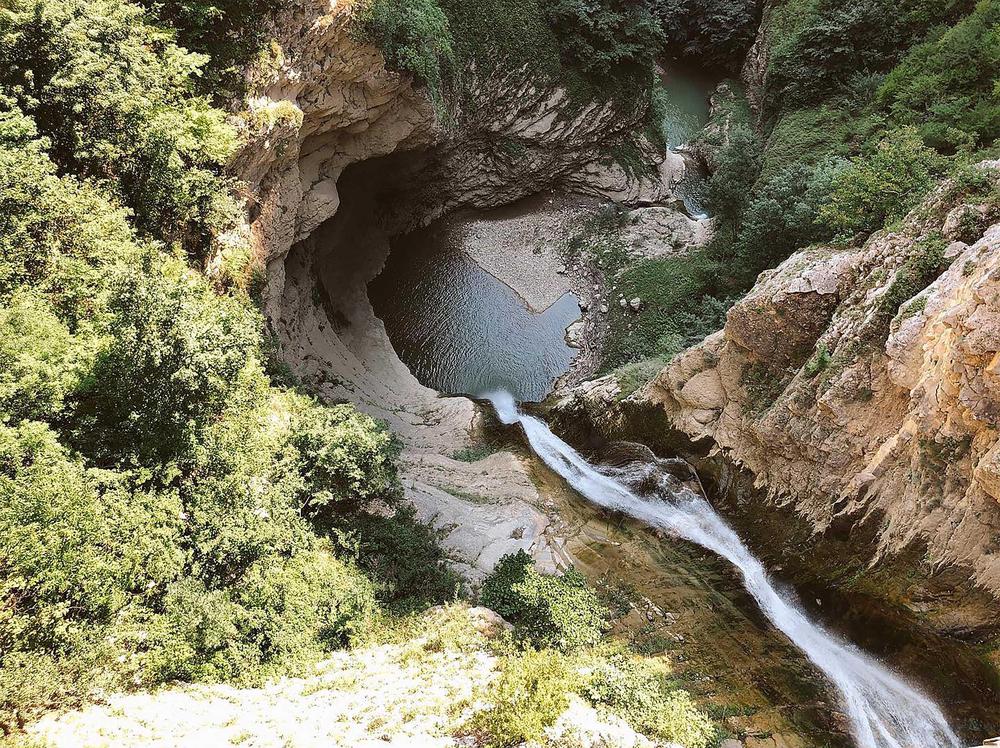Set within the embrace of the Lechkhumi Region, the ruins of Orbeli Fortress beckon with whispers of the past. In the 16th and 17th centuries, it towered in splendid grandeur, revered for its architectural elegance, stylistic elements, and strategic prowess. Now, it stands as a testament to Georgia's rich tapestry of history, with stories etched in every crumbling stone.
Perched on a rocky bluff, the Orbeli Fortress was ensconced within an oval wall in its prime. Measuring fifty meters (or 164 feet) in length and thirty meters (or 98 feet) in width, it dwarfed its surroundings with an air of undeniable supremacy. Today, the fortress's skeletal remains are all that's left to echo its past might.
Believed to house three formidable towers, the fortress's main tower faced north, sheltering living quarters within its robust confines.
The fortress's surroundings offer a wealth of historical artifacts. You'll encounter a graveyard, remnants of a church, and traces of a tomb unearthed through archaeological excavations. Rumor has it another church once graced these lands. While in ruins now, the remnants of this erstwhile edifice have yielded precious artifacts—an ancient sculpture of the crucifixion, an archangel icon, and the Orbeli Fortress Church Gospel, now safely ensconced in the Kutaisi State Historical Museum.
Though now devoid of human habitation, the fortress bears the imprint of its previous occupants. Fragments of paintings on the ruins, archaeological findings, and preserved relics weave a vivid tale of its historical significance.












